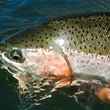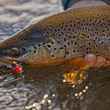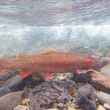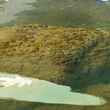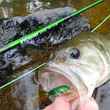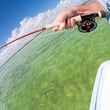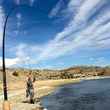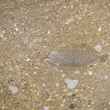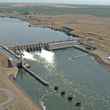Anti-fracking advocacy groups are citing yesterday's announcement by the Delaware River Basin Commission (DRBC) as a victory for the Delaware River. The DRBC announcement indicated that a key vote on gas drilling regulations will be delayed, with no future date set for a vote. The regulations blueprint which was supposed to be voted on come Monday, November 21, would have opened up eastern portions of Pennsylvania which lie within the Delaware River basin to gas drilling operations.
The decision to delay the vote came in the wake of Delaware Governor Jack Markell's announcement that he would vote no on the proposed regulations. New York had previously announced its intention to vote no. Markell's annoucnement, however, did not preclude the possibility of the new regulations being approved. The DRBC is a five member commission that includes New York, Delaware, New Jersey, Pennsylvania and the Army Corps of Engineers. Pennsylvania's Governor Tom Corbett is a strong proponent of gas drilling and it is commonly believed, though not known, that New Jersey Governor Chris Christie would also have voted yes. This would have left the vote in the hands of the fifth member, the Army Corps of Engineers.





